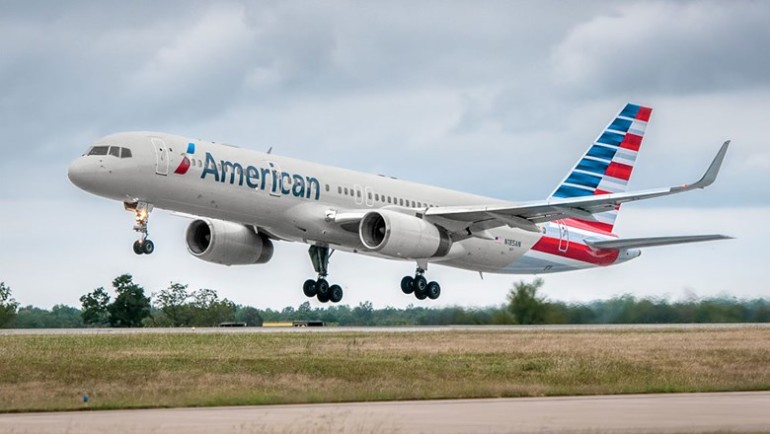Sponsored Listings:
U.S. airlines announced service cuts Tuesday to counter the plummeting demand caused by the Covid-19 virus.
“This is a crisis that is going to have a large near-term impact on revenue,” United president Scott Kirby said during a presentation at the J.P. Morgan Industrials Conference.
United had already announced a 10% cut to domestic capacity and a 20% cut in international flying for April. On Tuesday, Kirby said the carrier expects to increase the cut to 20% systemwide for May, and to either maintain or increase the reduction after May until it sees concrete signs of increasing demand.
Other airlines made similar moves Tuesday.
Delta will implement a 15% system reduction. The changes are to include a 10% to 15% drop in domestic capacity. Transatlantic capacity will be down 15% to 20% and transpacific capacity will be down 65%. The carrier also plans to drop its Latin America capacity by 5%.
American said it would drop domestic capacity by 7.5% for April while reducing international capacity for the summer peak season by 10%. The cuts are to include a 55% reduction in transpacific capacity. Domestic cuts, the carrier said, will be undertaken through frequency reductions on heavily serviced routes and via the cancellation of selected routes that can be easily re-accommodated.
Spirit, too, will trim its April schedule. The carrier still plans to offer 9% more capacity in April than it did last year, but that’s down from a planned 14% increase.
JetBlue, meanwhile, previously committed to a capacity cut of 5% through early May.
Bucking the trend is Alaska, which stated Tuesday that is has no material cuts scheduled for March and April.
“We are analyzing the need to consolidate frequencies or trim flights that would operate at a cash loss in May and beyond,” said the airline.
Kirby presented some of the most dismal data at the conference, saying that since the spread of Covid-19 outside Asia, United’s gross domestic bookings are down 25%. Net bookings, which factor in cancellations, have dropped 70%. The figures are even worse for Asia and Europe, where gross bookings are down 50% and 70%, respectively.
Delta CEO Ed Bastian had similar news. Delta has seen a 25% to 30% decrease in net bookings since the virus spread beyond Asia. And the carrier is preparing for the situation to get worse.
United is modeling for a scenario in which demand falls 70% systemwide in April and May, and then 60% in June and July. Kirby stressed that the model isn’t a forecast, but rather a method to prepare for whatever comes.
News out of the conference wasn’t entirely bad. American CEO Doug Parker said that ahead of the summer season, the carrier last week took the unusual step of putting some of its lowest fare buckets on the market early. As a result, bookings increased.
“There’s a real demand for air travel,” Parker said.
Airlines also reported that domestic load factors have remained strong, even if slightly down from before the crisis. Spirit, for example, reported that load factors from March 1 to March 8 ranged from a high of 88.5% to a low of 76.6%. The carrier estimates that its load factor for the full month will be 81.4%.
The various airlines also boasted of their strength entering this sharp downturn, including high levels of liquidity. The Covid-19 outbreak will put a halt to what has been the longest sustained run of profitability in the U.S. airline industry’s history.
American, for example, has $7.3 billion in cash on hand, Parker said.
“Seven billion isn’t a target we need to run the company. It’s a target we always wanted to have in place for situations like this,” he said.
JetBlue has $1.2 billion in cash and cash equivalents, said CEO Robin Hayes, which is approximately 15% of total 2019 revenue.
Kirby said United is prepared to weather the storm, even if federal assistance, hinted at by President Donald Trump on Monday, doesn’t come.
“We are not going to count on any sort of government intervention,” he said. “We are going to manage the airline to make sure we make it through the crisis without any of that.”
Source: travelweekly.com










